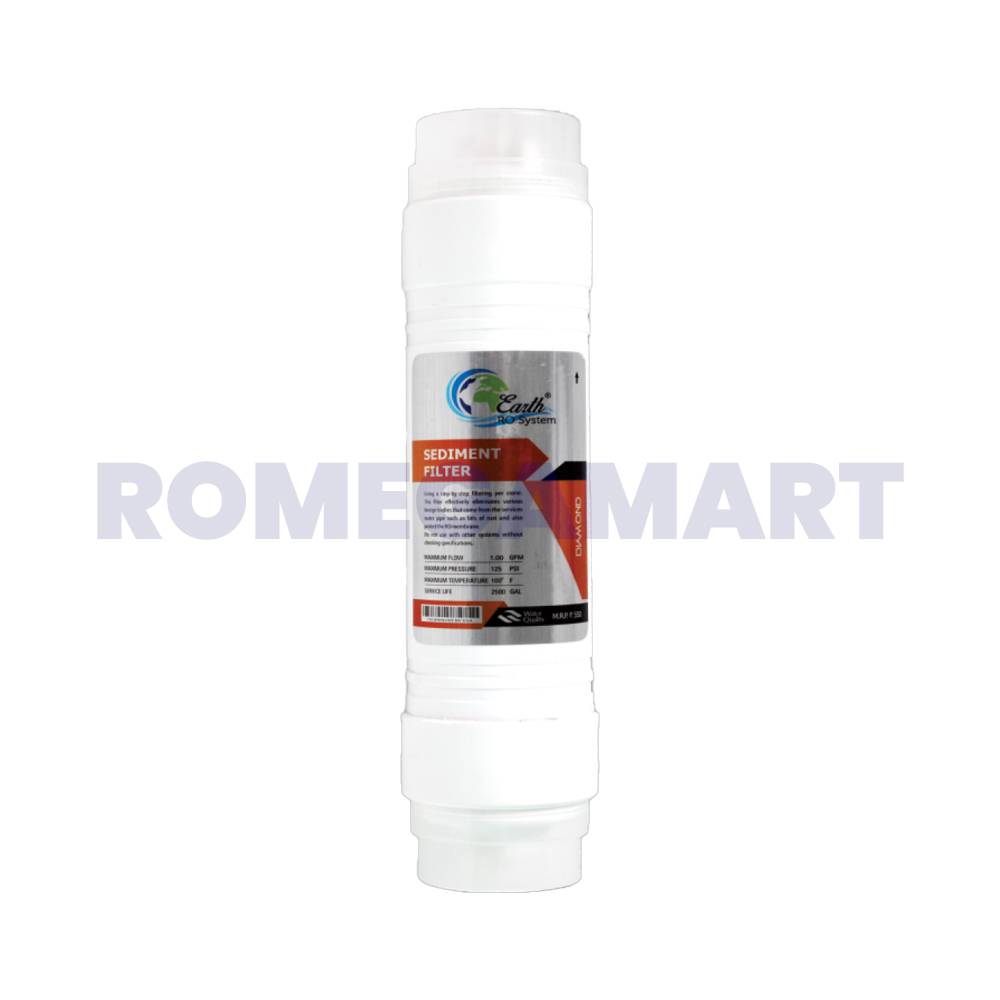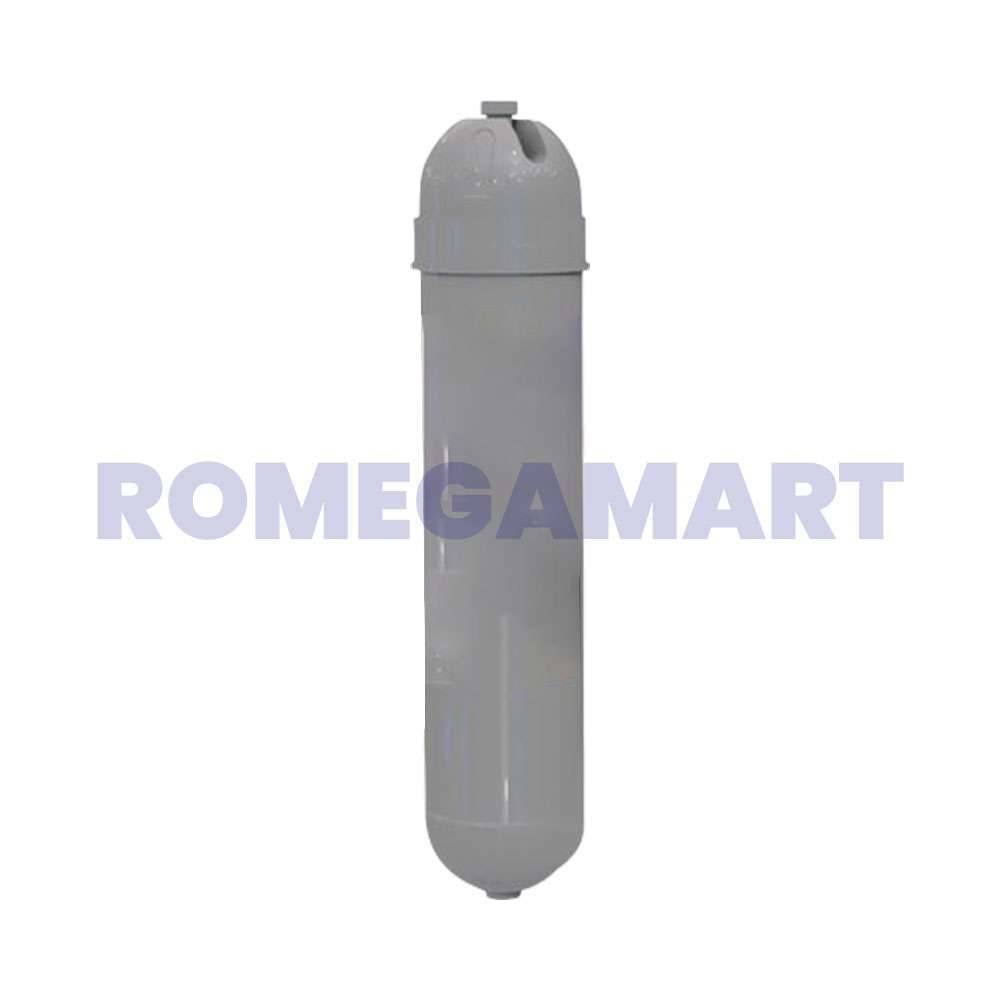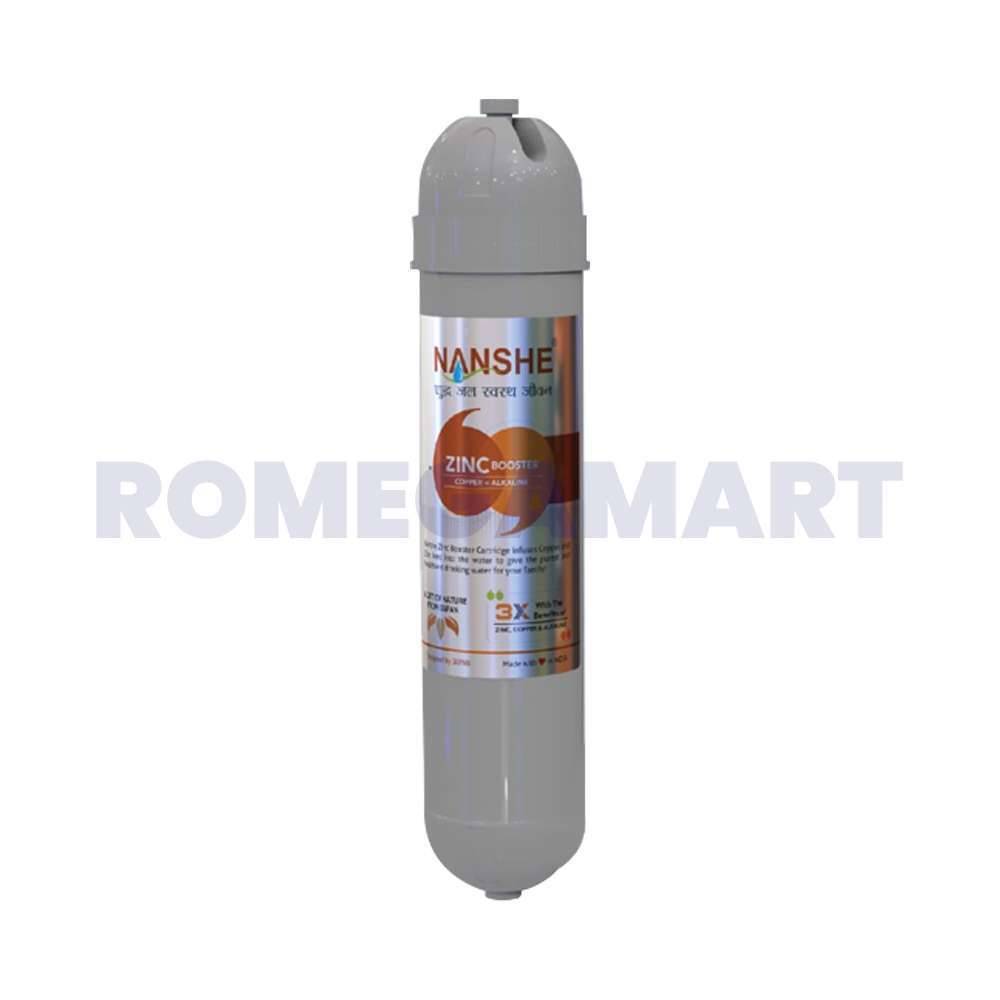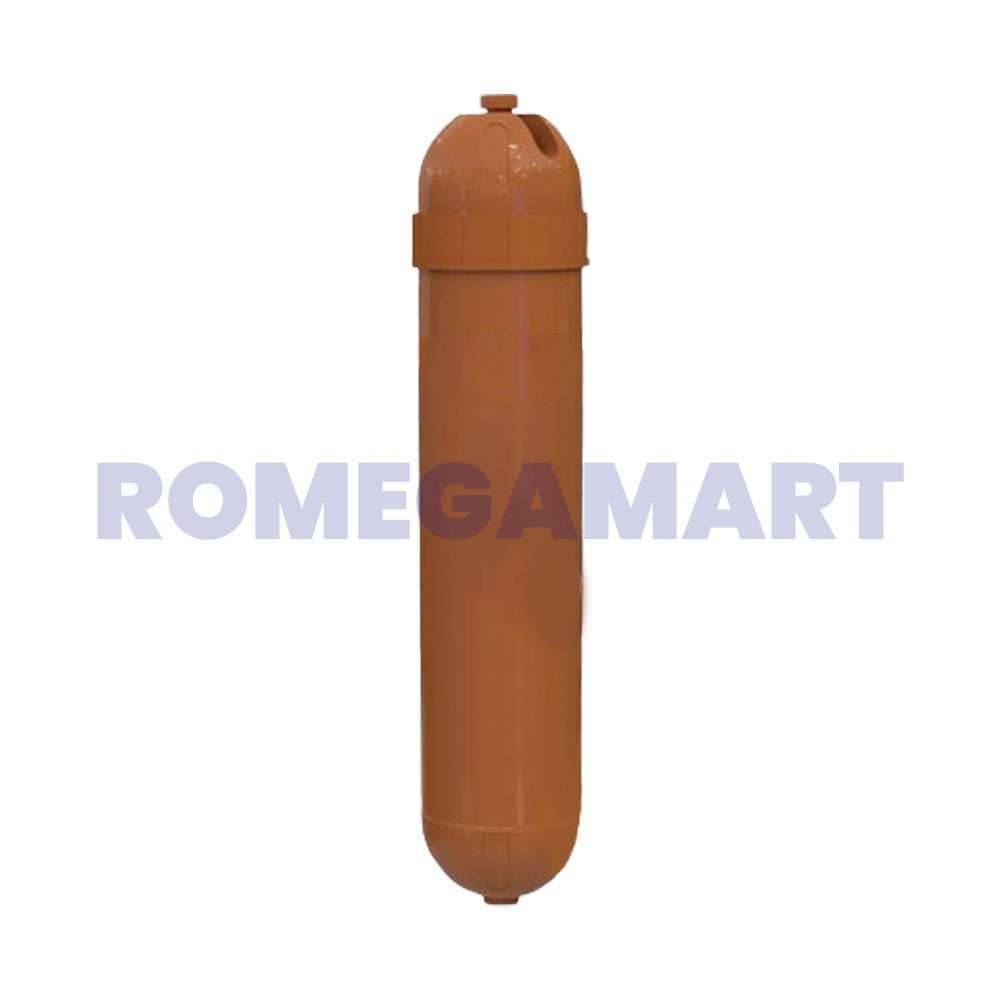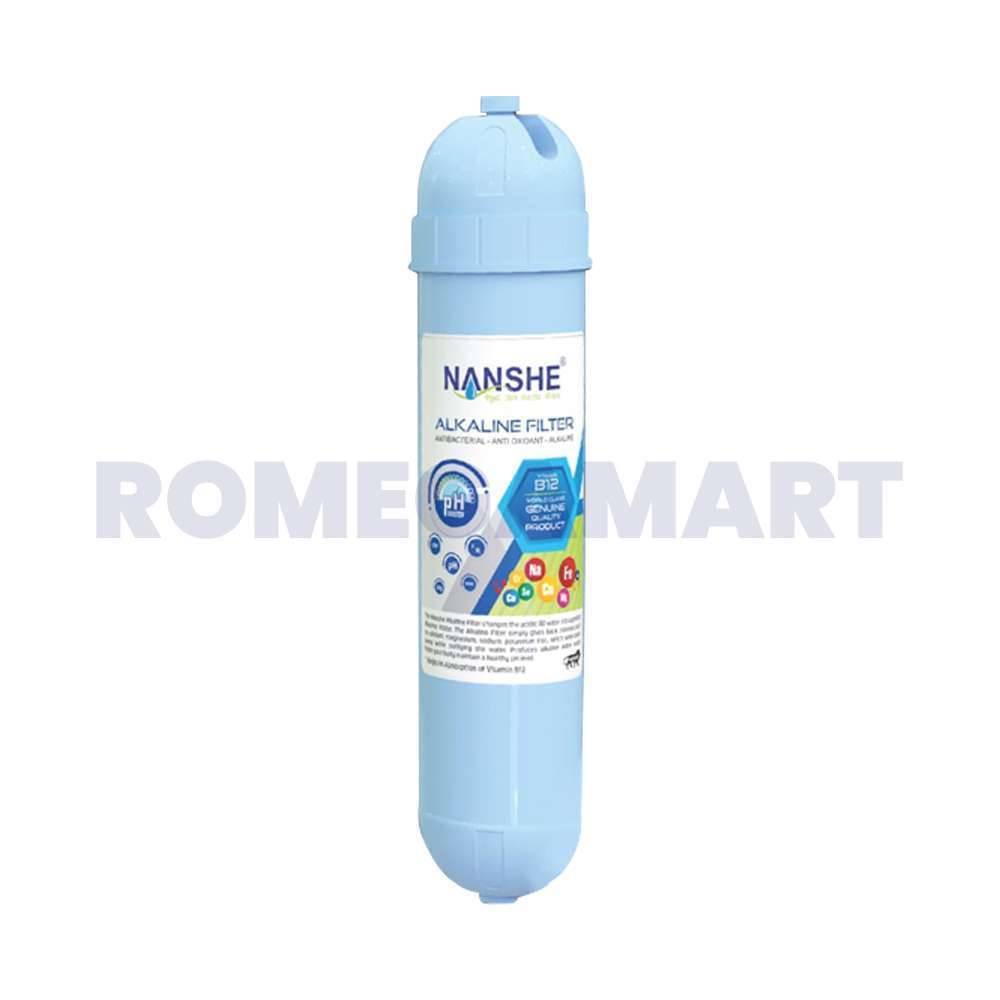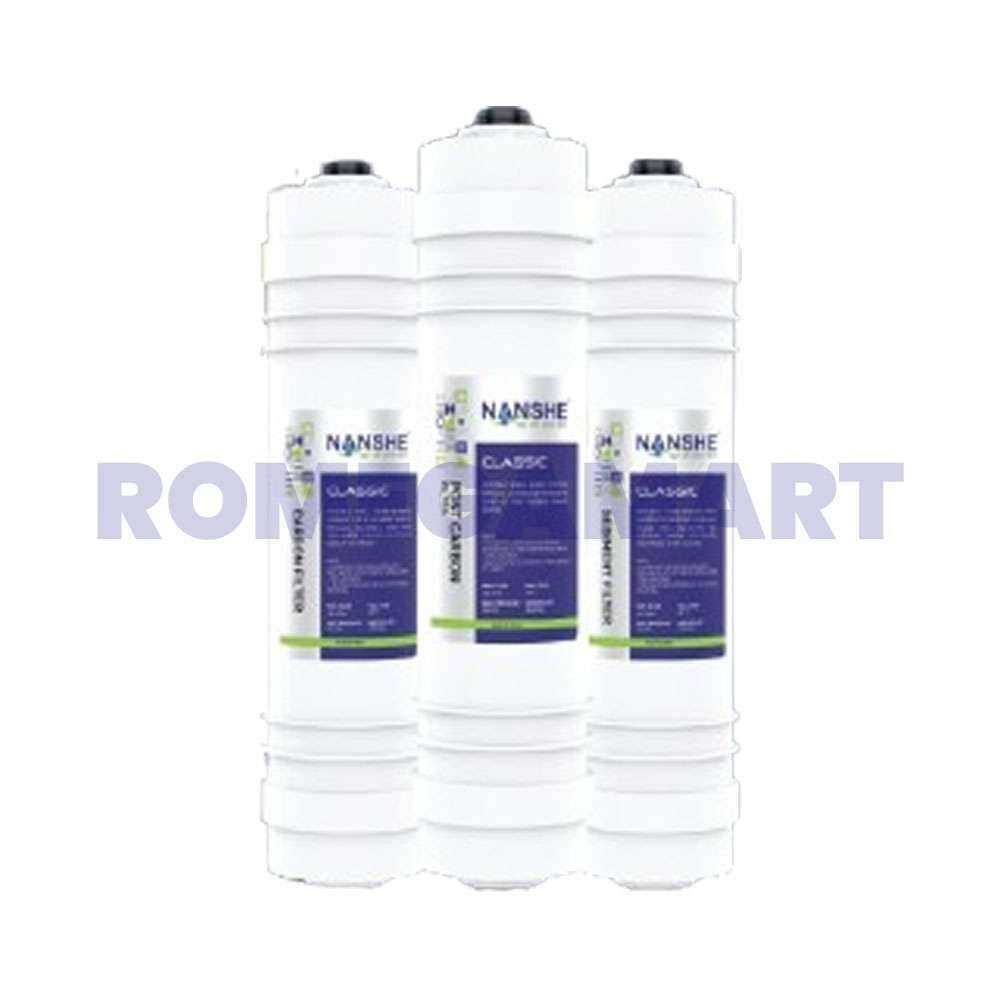RO Filter in Karnataka
The Ultimate Guide to Domestic RO Filters: Ensuring Safe Drinking Water at Home
Clean drinking water is essential for every household, yet many homes receive water that contains contaminants such as dissolved salts, sediments, chlorine, and even harmful microorganisms. These impurities affect not only taste but also long-term health. For this reason, more families are turning to domestic RO filters, which use reverse osmosis technology to deliver safe, clear, and great-tasting water. This guide explains how these systems work, why they are effective, and how to choose and maintain the right RO system for your home.
Understanding Reverse Osmosis and Its Role in Water Purification
Reverse osmosis is a highly advanced purification method that forces water through a semi-permeable membrane. This membrane is designed to reject dissolved impurities, remove harmful chemicals, and block microscopic contaminants that standard filters cannot handle. Because the process removes salts, metals, pesticides, and bacteria, reverse osmosis filters are considered one of the most reliable solutions for treating hard or high-TDS water.
What Reverse Osmosis Achieves
The strength of RO lies in its ability to improve both safety and taste. It eliminates dissolved solids that cause dull or salty flavors, reduces chemical content that can produce strong odors, and removes harmful particles linked to waterborne diseases. As a result, homes using RO systems experience cleaner, fresher, and more pleasant drinking water without the need for boiling or chemical treatment.
What Makes Domestic RO Filters Effective?
Domestic RO filters are designed specifically for household use. They combine multiple filtration stages, each targeting particular impurities, to produce consistently pure water.
Key Components of a Domestic RO System
Most RO systems begin with a sediment filter that traps visible impurities such as dust and rust. This is followed by a carbon filter, which absorbs chlorine and organic chemicals that could damage the RO membrane. The membrane itself is the core component and performs the deepest level of purification by removing dissolved salts, heavy metals, and microorganisms. Finally, a post-carbon or polishing filter enhances the taste, ensuring the purified water is clean and refreshing.
Each part plays an essential role, and together they make RO systems a dependable and comprehensive purification solution for families.
Why Your Home May Need Domestic RO Filters
Many households rely on water sources with high TDS levels, chemical contamination, or inconsistent treatment. Domestic RO filters address these challenges by providing high-quality water regardless of the water source.
Delivering Superior Purity and Taste
RO systems effectively eliminate contaminants that ordinary filters cannot, making them suitable for areas where water contains dissolved salts, chemical residues, or unfiltered groundwater. Families often notice an immediate improvement in taste, as RO purification removes metallic, chemical, or earthy flavors from tap water.
Offering Long-Term Health Protection
Contaminated water carries long-term health risks, including exposure to heavy metals and harmful microbes. By using water purifier filters that incorporate RO technology, households significantly reduce these risks and ensure safer hydration for children and adults alike.
Reducing Long-Term Costs
While the initial installation may cost more than basic filters, the long-term benefits are substantial. Homes that previously relied on bottled water often see considerable savings. An RO system offers a continuous supply of clean water without repeated purchases.
How Often Should RO Filters Be Replaced?
To maintain water quality, filter replacement is essential. Sediment and carbon filters typically require replacement every six to twelve months, depending on usage and water quality. The RO membrane might last one to two years, but its lifespan is strongly influenced by the condition of the pre-filters. A post-carbon polishing filter is usually replaced once a year to maintain taste and freshness. Staying consistent with these intervals ensures your system operates at its best and continues to produce high-quality water.
Common Signs That Your RO System Needs Servicing
A decline in water flow is often the first indication that a filter is clogged or nearing the end of its life cycle. Similarly, a sudden change in taste, such as a salty or dull flavor, suggests that the membrane or carbon filter is no longer performing well. Visible particles in the water point to an exhausted sediment filter, while rising TDS levels detected by a TDS meter usually indicate that the membrane requires replacement. Recognizing these signs early prevents contamination and avoids damage to the system.
How to Choose the Right RO Water Purifier Filters
Selecting the right RO purifier begins with understanding your household’s water quality. If your home receives borewell water or water with high TDS levels, an RO system becomes essential. Municipal water with moderate contamination typically benefits from a combination of sediment, carbon, and RO filtration.
Build quality also matters. Systems with certified membranes, strong filter housings, and reliable components last longer and ensure consistent performance. Good after-sales support is equally important, as timely maintenance and accessible replacement filters help keep your system functioning properly. Storage capacity should also be considered, especially for larger families that rely on substantial daily water consumption.
Are Domestic RO Filters Necessary in Every Home?
Not every home requires RO purification, but many benefit from it. In areas with very low TDS or well-treated municipal water, UV or carbon filtration might suffice. However, households with mixed, unclear, or highly variable water sources often find RO technology to be the safest long-term choice. In regions where groundwater or tanker water is used, domestic RO filters are especially important due to the presence of dissolved salts and potential chemical contamination.
Maintaining Your RO Water Purifier for Long-Term Performance
Proper maintenance ensures that your purifier continues to deliver clean water year after year. Scheduling regular servicing, ideally every six to twelve months, helps prevent internal buildup and ensures early detection of worn parts. Replacing filters on time is crucial, as delaying changes can put pressure on the RO membrane and compromise purification quality. It is also helpful to monitor TDS levels periodically to detect performance changes early. Keeping the purifier clean, including the storage tank, prevents microbial growth and ensures the system remains in good hygienic condition.
Frequently Asked Questions About Domestic RO Filters
1. What is the main purpose of domestic RO filters?
Domestic RO filters are designed to remove dissolved impurities, chemicals, and harmful contaminants from household drinking water, ensuring safe and clean consumption.
2. How can I tell if my RO membrane needs replacement?
If the water tastes salty, the flow rate decreases significantly, or TDS readings rise above normal levels, it is likely time to replace the membrane.
3. Are RO systems suitable for all types of water?
RO systems are highly effective for water with high TDS or chemical contamination. Homes with low-TDS water may not require full RO purification.
4. Do RO filters remove essential minerals?
RO membranes remove both harmful and some beneficial minerals. Many modern systems include a mineralizer to restore healthy mineral levels.
5. Is RO water safe for children and daily use?
Yes, RO-purified water is safe for everyday consumption and is often recommended for families living in areas with poor water quality.
Explore more Range Of Products : Ro Pump, RO Filter Carteridge, Filter Housing, PP Spun Filter.
More Categories - RO Plant Spare Parts, Industrial Ro Plant, Water Purifier Brands , Water Filter For Hard Water, Ro With Water Dispenser.






























